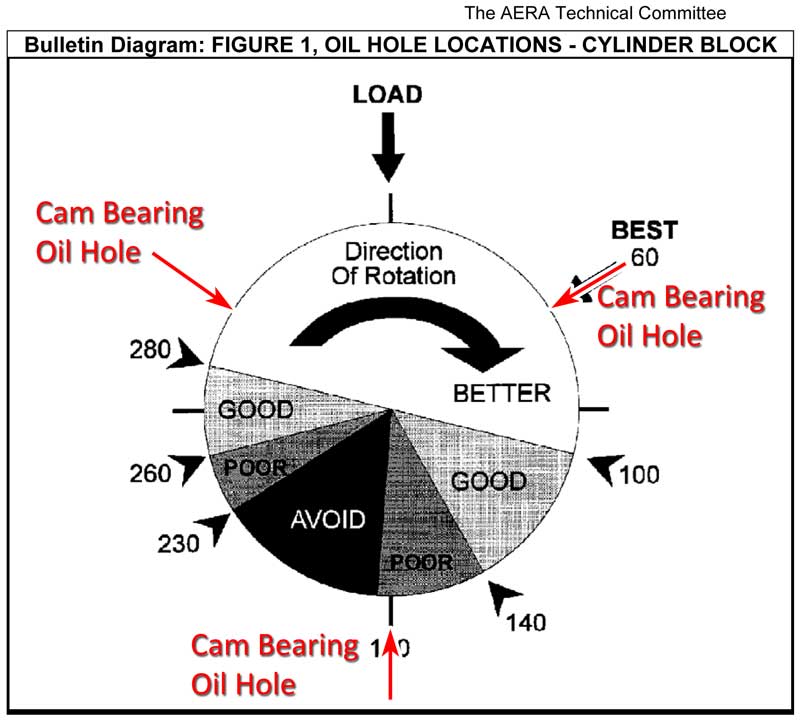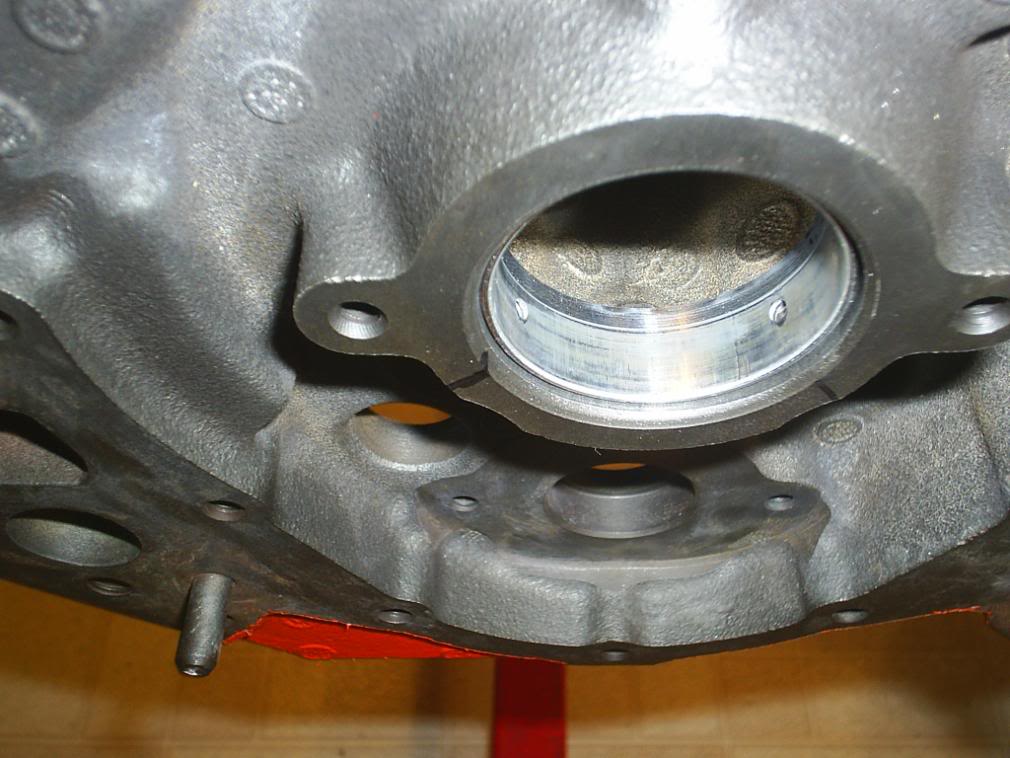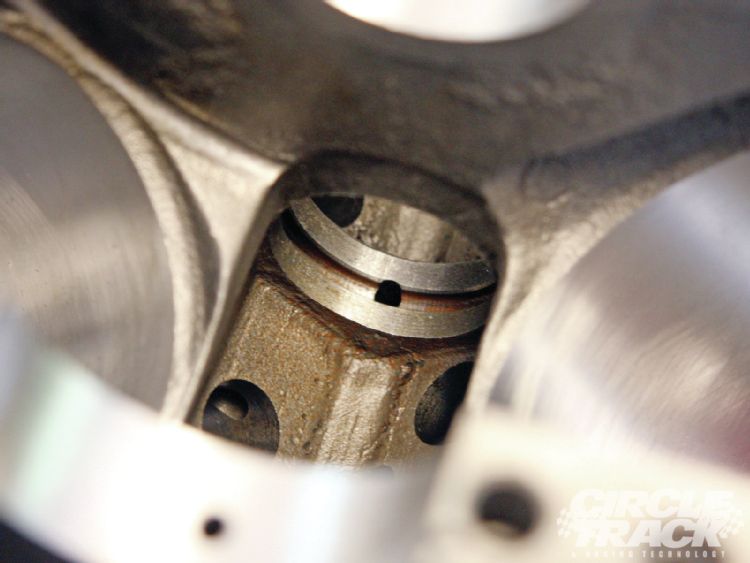busterrm
solid fixture here in the forum
I agree with Dorian, your thread is chalk full of superb engine building information. I applaud you in not only your skills as a engine builder but also your ability to share not only your words but also documenting it in illustrations of photos and charts. I have been following your thread since I joined Grumpy's site and I look forward to reading each and every single one of your posts. It gives me new and improved ideas to incorporate in what I do with my projects.

























